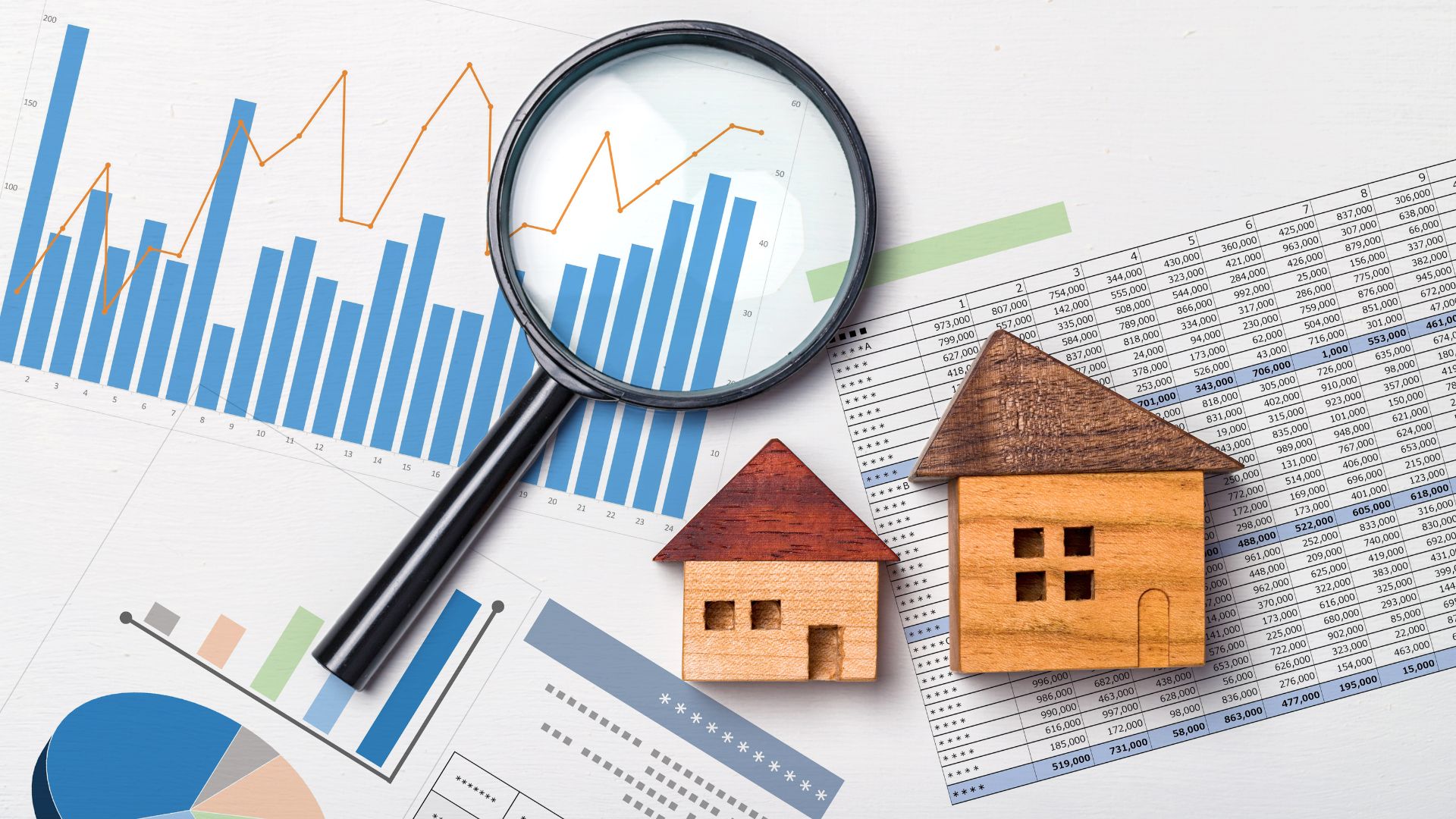As most folks do this time of year (and every year), we spent the last few weeks at Wildhorn reflecting on 2022 and the incredible year we had. And, given the current uncertainty in the economy at large, we’ve been thinking a lot about what 2023 could look like.
To wrap up our year, we wanted to share our thoughts on both of those fronts.
2022 Recap – Real Estate Investors Austin TX
Looking back over the last year we can confidently say that we are ending the year in a stronger position than where we started it. Growth is always our goal. But we don’t just measure growth from a unit count or portfolio value standpoint.
On that metric alone we can absolutely say we saw growth, and that we’re incredibly proud of what we accomplished. We exited 3 deals and returned over $77,000,000 to our investors. Those projects realized an average IRRInternal Rate of Return: a financial metric used to evaluate the profitability of a project or investment over time. It represents the discount rate at which the net present value (NPV) of all future cash flows from the investment becomes zero. View Definition of 32%+ and a 2.3x+ equity multipleEquity multiple measures how much an investor's initial equity investment will grow over the holding period of the investment. It provides a way to understand how much money an investor can expect to receive back compared to what they initially put into the investment. View Definition. On the acquisitions front, we added 846 units to our portfolio and end the year owning over 4,100 apartment units in Central Texas.
What has me even more proud though is the growth our company experienced internally, having nothing to do with units bought or sold. The types of growth that make us a better company structurally. That improve our systems and upgrade our capabilities. That trickle down to maximize asset performance and protect investor capital. We made a big investment and hired Alix to lead our Operations and Finance efforts. We made another big investment when we upgraded our Investor Portal. We created new Asset Dashboards giving us visibility to the critical factors driving the performance of every single asset. We improved the way we order and track the renovation materials we order in bulk and source from Asia.
I could go on and on about the strides we made this year as a company. Suffice to say I’m proud of the internal-focused work we did this year and the improvements we made—particularly as we enter a season of economic uncertainty and a potential/likely recession.
A recap of 2022 wouldn’t be complete if there wasn’t mention of the economy and interest rates.
Over the second half of the year, rising interest rates and the broader economy dominated most of our conversations. We saw deal volume really slow down, and by the 4th quarter nearly come to a halt. Buyers (us included) were busy trying to figure out how to underwrite deals when the debt market shifted on a seemingly daily basis. Sellers (us included) didn’t want to launch an asset square into these headwinds, where values seem to have pulled back 10%-15% (or more) and Cap Rates are tough to even calculate. One of the big brokers in town said they closed 15 deals in December of 2021, and 1 in December of 2022.
Our read is that there is simply too much uncertainty in the market right now. Uncertainty around when interest rates will stabilize and plateau. Uncertainty around the impact inflation will have on consumers, and how that trickles down to what is being spent on housing. Uncertainty around when we’ll enter a recession (or if we’re already in one) and the impact it will have on literally everything.
We think all that uncertainty is what has hampered the market the most—and led to a lot of big institutions to sit on the sidelines completely. We’ve seen many lenders just pause making any new loans, and equity groups stop underwriting anything new. Markets are efficient—when the rules are known. The challenge right now is no one knows the rules.
2023 Outlook – Austin Real Estate Investors
Headed into 2023, we think the market will stay relatively quiet for the first half of the year. Or at least until The Fed signals they will stop raising rates. Once the market knows what the “new normal” looks like, then the rules of engagement will once again be clear for everyone.
We’re not under the illusion that once the rules are known Cap Rates return to where they were, or that values immediately snap back. In fact, we’re counting on that not happening. But once there is less uncertainty out there, we think transaction volume will pick back up and folks will more confidence in their underwriting assumptions.
2020 and 2021 (plus the first half of 2022) were record years for real estate transactions. Most of those purchases were done with floating rate high-leverage short-term bridge debt, with buyers trying to get in make a few improvements and get out quickly. In 2023, many of those loans will be coming up on their maturity or needing to get an extension; with the way rates have changed most owners won’t qualify for their extensions and be looking to either refinance or look for an exit. The folks that took on the most leverage will not have many options by way of a refinance and be forced to sell.
Those maturities will drive a bulk of the transactions we predict we’ll see in 2023—certainly in the first half of the year. While we don’t predict many of these sellers to be distressed in a traditional sense, they will be net market sellers who will settle for the highest offer—no matter how far below peak value that comes in. It means that every asset we see and hear about will be actionable, and we’ll be investigating each thoroughly.
We feel fortunate to not be in that situation on any of our assets. While we do have a few bridge loans, our mandate to stay conservatively leveraged below 70% should serve us well over the coming 12-24 months as we navigate this new market. Our portfolio of stabilized and well-located assets is set up to persevere through these times without much (if any) distress. We are grateful that we won’t be forced to sell anything in 2023 (though we’ll always remain opportunistic) and enter the year in position of strength.
We also remain bullish on the long-term and mid-term fundamentals of the multi-family market, and we see the coming economic slowdown (whatever the impact) as a chance to be offensive. We aren’t excited about a recession or rooting for pain for anyone. But, we think 2023 could represent an ideal time to acquire new assets. Why?
First, we think we’ll be seeing some real value on new purchases. Asset prices are down from their peak, perhaps by as much as 20%. But we aren’t seeing replacement/construction costs recede much. Which allows for the chance of significant spread between purchase price and replacement cost. That may not show up in the way of big return numbers on an initial underwriting, but we do see that as real value and security in any investments we’re making.
Second, we know that multi-family will continue to be one of, if not the, preferred asset class for real estate investments. In the minds of many large investors we’ve spoken with Office is nearly untouchable. Retail is not far behind. The uncertainty present in those verticals thankfully doesn’t exist in apartments. People will always need a place to live. They may not need a place to work. Or as many places to physically shop.
We also know there is an incredible amount of institutional capital allocated to be invested in real estate. Coming from big institutions, endowments, international funds and others. That money needs to be invested and working—it can’t just sit on the sidelines while inflation eats away at the principal. The folks managing those funds are incredibly bright, and not looking to make foolish investments. The sheer quantity of dollars needing to be placed and the preference for multifamily should help preserve the future value of all our assets.
Finally, we don’t see the need or demand for more housing to be built slowing down anytime soon. Especially in Central Texas. However, we’re already hearing about the impact that higher interest rates are having on new construction projects—which will put a lid on future supply. Simply put, new construction projects don’t make sense to many developers right now, and we think upwards of 75% of all new construction projects slated to get started have been delayed. If not killed altogether. What that means is that in 2-3 years, when the projects that would have started today would begin delivering and leasing up, we could see a big shortage of available supply. The same thing is happening with single family developers, as they are selling raw land they were holding and delaying starts on new neighborhoods.
If future supply is depressed and demand continues to grow that sets up for strong asset performance (and asset values) down the road. While we aren’t in the business of timing markets, this certainly adds to our belief that 2023 should be a year to be opportunistic.
We’re proud of the year we had in 2022. And we enter 2023 grounded in the reality of what a recession could mean for our business. At the same time, we’re incredibly grateful to be entering it with a portfolio sitting in a strong position. And optimistic that we’ll be in position to take advantage of opportunities when we see them.
Many of these thoughts and opinions are formed after having lots of conversations with people far smarter than we are. And if you’re reading this we’re fairly certain we’d put you in that category as well. We’d welcome the chance to get your thoughts on the economy and how you see that impacting our industry and your investment thesis.

Andrew Campbell is a native Austinite and Managing Partner at Wildhorn. He is a real estate entrepreneur who first broke into the business in 2008 as a passive investor. In 2010 he transitioned into active investing and management of a personal portfolio that grew to 76 units across Austin and San Antonio. He earned his stripes building and managing his personal portfolio before founding Wildhorn Capital and focusing on larger multifamily buildings. At Wildhorn, he is focused on Acquisitions and maintaining Investor Relations, utilizing his marketing and communications background to build long-term relationships.







